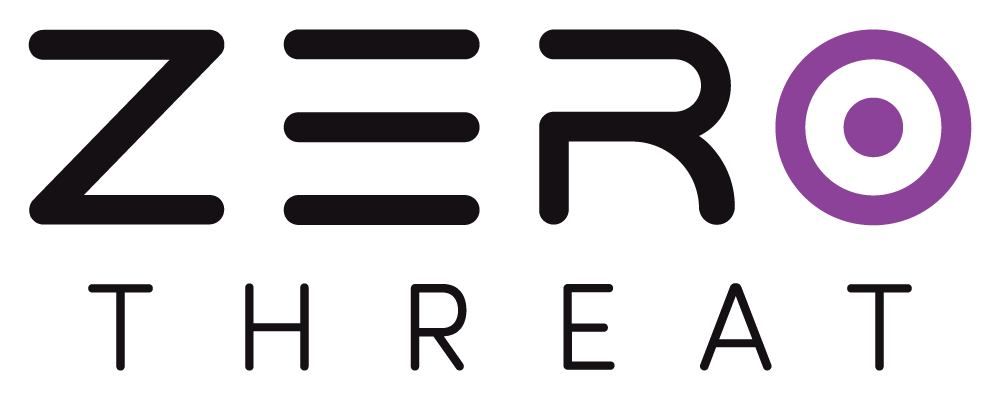Scanner
Scanning Section
The Scanning/Scanned Page inside the Scanner section is the most relevant when a scan is in progress. It provides real-time insights into the scan’s progress, showing what parts of the target application are being analyzed and how far along the scan has progressed.
This page helps you track and monitor the scan efficiently.
.png)
1. URLs Being Crawled
The scan categorizes URLs into different states as they are being tested:
Each category helps in understanding which parts of the application are accessible and tested under different conditions.
2. Scan Status & Progress
- Displays a real-time percentage of the scan’s completion.
- Helps you estimate how long the scan might take to finish.
.png)
Crawled URIs
The Crawled URIs page shows the full sitemap generated by ZeroThreat, showing all the URIs that the tool has crawled during a scan. This feature enables users to easily visualize the structure of the application and identify both authenticated and unauthenticated areas of the site.
The sitemap is displayed in a tree structure, making it easy to navigate through the application’s resources. Each node represents a directory or file, and you can expand or collapse sections to find what you need quickly.
.png)
You can filter the URIs by whether they were crawled after authentication or not, helping you focus on different areas of the site.
.png)
Form Requests
Forms play a crucial role in web applications, handling user input in various scenarios, from login pages and search bars to registration and feedback forms. The Form Requests section lists all forms detected during the scan, giving you visibility into potential security risks related to user input.
Clicking on a individual form provides all the inputs in the form and other relevant information.
.png)
